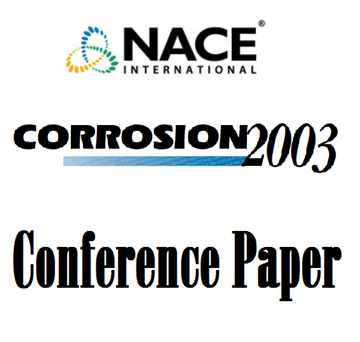Search
97085 ELASTOMERS IN MUD MOTORS FOR OIL FIELD APPLICATIONS
Also Purchased
01113 A PROPOSED RECOMMENDED PRACTICE TO DETERMINE ELASTOMER/OIL MUD COMPATIBILITY
Product Number:
51300-01113-SG
ISBN:
01113 2001 CP
$20.00
03140 Fluid Compatibility of Elastomers in Oilfield
Product Number:
51300-03140-SG
ISBN:
03140 2003 CP
Publication Date:
2003
$20.00
01112 THE EFFECTS OF MOLECULAR COMPOSITION OF SYNTHETIC BASE FLUIDS ON DRILLING ELASTOMERS
Product Number:
51300-01112-SG
ISBN:
01112 2001 CP
$20.00
Recently viewed




